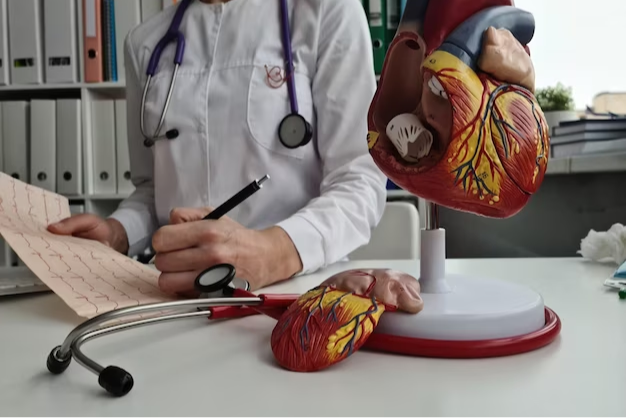
Caritas Heart Institute
Cardiovascular Exercise: A Key to a Healthy Heart
December 2023

Cardiovascular diseases are a leading cause of mortality worldwide, and complex coronary interventions are often necessary to treat these conditions. These interventions, which include procedures like angioplasty and stent placement, are employed to restore blood flow in narrowed or blocked coronary arteries. In this article, we will delve into case studies highlighting the challenges and successes of complex coronary interventions, showcasing how innovative techniques and dedicated medical teams are making a difference in the lives of patients.
Case Study 1: Multivessel Disease Revascularization
Patient Profile: A 65-year-old male with diabetes and a history of multiple heart attacks.
Challenges:The patient presented with severe multivessel disease, meaning that several of his coronary arteries were significantly blocked. Treating multiple blockages in a single procedure can be complex.
Procedure: The medical team performed a multivessel angioplasty and stent placement. Using advanced imaging techniques, they precisely positioned stents to open each blocked artery. Fractional Flow Reserve (FFR) and Intravascular Ultrasound (IVUS) were utilized to assess the severity of blockages.
Outcome:The patient's coronary blood flow was successfully restored, reducing the risk of future heart attacks. Follow-up revealed improved exercise tolerance and an overall better quality of life.
Case Study 2: Chronic Total Occlusion (CTO) Treatment
Patient Profile: A 57-year-old female with a history of chest pain and shortness of breath.
Challenges:The patient had a chronic total occlusion, which is a complete blockage of a coronary artery lasting for more than three months. CTOs can be particularly challenging to treat.
Procedure: The medical team used a hybrid approach, combining advanced imaging (OCT and IVUS) and specialized CTO tools. They successfully reopened the occluded artery with wires, balloons, and stents, restoring blood flow.
Outcome: The patient's symptoms significantly improved, and a follow-up showed evidence of reduced heart muscle damage. Her quality of life improved, as she experienced less chest pain and better exercise tolerance.
Case Study 3: High-Risk Left Main Disease
Patient Profile: A 72-year-old male with left main coronary artery disease.
Challenges:Left main coronary artery disease is a high-risk condition, as this artery supplies a significant portion of the heart. The patient's age and medical history made him a high-risk candidate for surgery.
Procedure: The patient underwent a high-risk percutaneous coronary intervention (PCI) in which a stent was placed in the left main coronary artery. The team used optical coherence tomography (OCT) to guide stent placement with high precision.
Outcome: The procedure was successful, and the patient's left main coronary artery was adequately revascularized. He experienced significant symptom relief and an improved quality of life, avoiding the need for more invasive open-heart surgery.
Complex coronary interventions have become an essential aspect of modern cardiology, providing hope and improved outcomes for patients with challenging coronary artery conditions. The case studies discussed here showcase the expertise and dedication of medical teams in treating a range of complex cases, from multivessel disease to chronic total occlusions and high-risk left main disease. With advanced imaging techniques, innovative tools, and a patient-centered approach, interventional cardiologists are making significant strides in restoring blood flow to the heart and improving the lives of those affected by coronary artery diseases. These case studies emphasize the importance of staying at the forefront of cardiovascular medicine to provide the best care possible to patients facing complex coronary conditions.

Caritas Heart Institute
December 2023